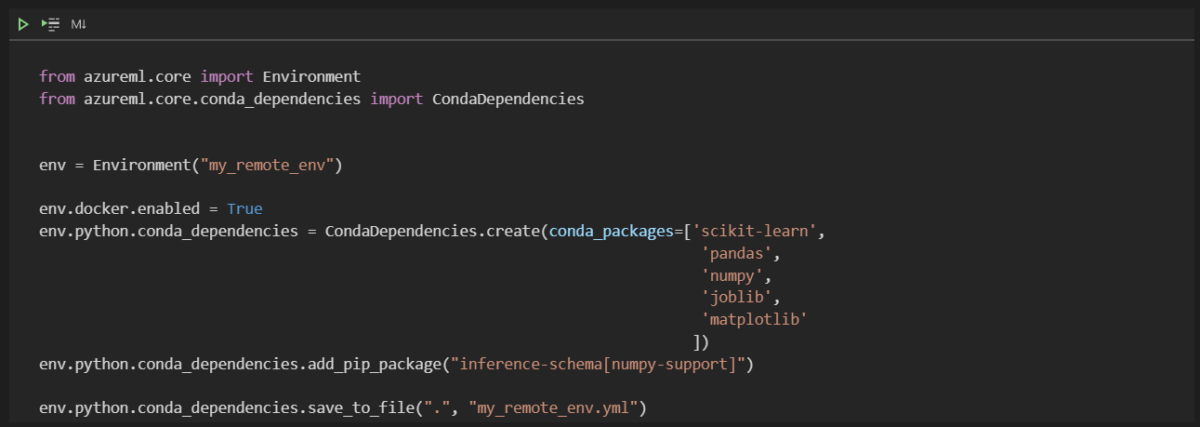
- #Environnement conda python version install#
- #Environnement conda python version update#
- #Environnement conda python version pro#
Getting back to the task at hand, you can completely configure an environment just like the one above by creating the following text file called environment.yml with little more than the following. Rather than bore you with all the details of why, how and what not to do, here is a good reference if you want to dig deeper. This is where the real power of this paradigm becomes so useful. This is why environment.yml files are so useful. However, the real usefulness is in the abilty to create autonomous environments with different packages installed.
#Environnement conda python version pro#
Now, you have everything available you normally would when working in ArcGIS Pro with Python, and you can add more packages from there. If you want to see a walkthrough, this is the whole process in under eight mintes.
#Environnement conda python version install#
> conda install -c esri deep-learning-essentials It is easily added with the following command. If you want to work with much of the deep learning functionality now included with ArcGIS Pro, there is a metapackage to ensure all the right packages and versions are included, deep-learning-essentials. I also strongly recommend installing nodejs, so you can use the mapping widget in Jupyter Lab. Now, from this command prompt window, you can set up a conda environment named arcgis using the following commands. Obvously, you have to be logged in using an account with administrative privilages to do this. You can open a command prompt as an administrator by going to Start > Programs > Windows System, right clicking on Command Prompt, from the context menu selecting More, and finally selecting Run as administrator.

#Environnement conda python version update#
Creating this environment as an administrator will ensure you can update ArcGIS Pro without the arcpy package breaking. This last part, as an administrator, is important. Next, open a command window as an administrator. Setting Up Your First ArcGIS Conda Environment If you don't have it already installed, you can get it from My.

All you have to do is let it update to 2.7, and you will be good to go. If you already have ArcGIS Pro installed, when you open it up today, Thu, it will prompt you to update. However, unless you already have a conda environment installed, this is what you want, and what you need for the rest of this tutorial to work. At least with Anaconda, the default is not to do this.

When installing, make sure and look for the option to, "Add Anaconda to my PATH environment variable," when installing Anaconda or similar for miniconda. To dive in, first get a Windows machine configured with Conda ( Anaconda or miniconda) and ArcGIS Pro 2.7 installed. This means ArcGIS Pro now can coexist on the same machine and play nicely with Conda (Anaconda or miniconda). Now, arcpy can be installed just like any other Conda package. Manage ArcGIS Pro Python Environments with Standalone Condaįor those of us who regularly work with Python and ArcGIS, especially for data science, life just got a lot easier with ArcGIS Pro 2.7.


 0 kommentar(er)
0 kommentar(er)
